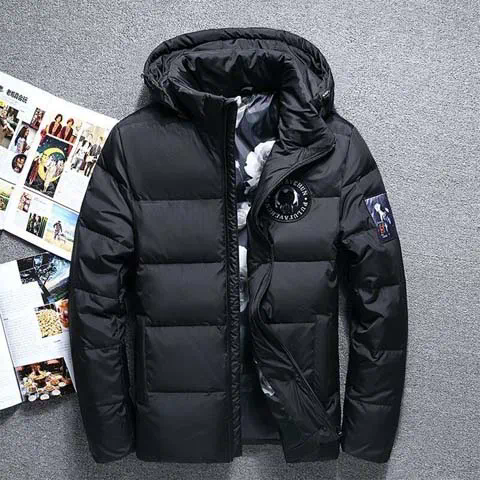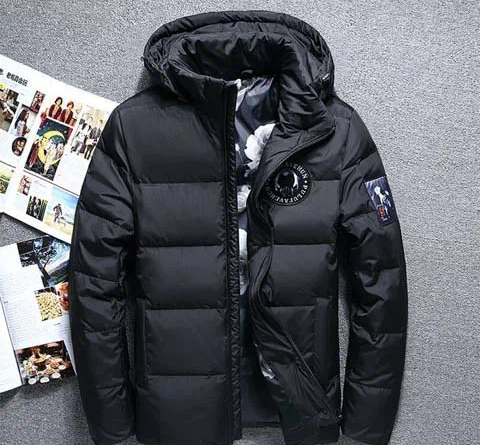wholesale boutique clothes
Wholesale Boutique Clothes: A Comprehensive Guide
Understanding the wholesale boutique clothing industry is crucial for anyone looking to succeed in the fashion retail market. This article aims to provide a detailed, comprehensive, and professional insight into every aspect of wholesale boutique clothes, from sourcing and purchasing to marketing and selling.
Why Choose Wholesale Boutique Clothes?
p
Choosing wholesale boutique clothes can be an excellent strategy for boutique owners and fashion retailers. Buying in bulk not only reduces costs but also allows for a curated selection that can attract specific target markets. Boutique clothes typically offer unique styles that differentiate a store from mainstream retail outlets, providing a competitive edge. The exclusivity and trend-focused nature of boutique clothing often appeal to fashion-conscious consumers looking for distinctive pieces.
Identifying Your Niche
p
Before diving into the wholesale market, identifying your niche is essential. Understanding your target audience’s preferences, demographics, and purchasing behavior can help you select the right products. Whether it’s women’s fashion, children’s wear, or men’s apparel, pinpointing your niche helps streamline your inventory and marketing strategies.
Sourcing Wholesale Boutique Clothes
p
Sourcing quality wholesale boutique clothes requires thorough research and due diligence. Here are some key steps:
1. Research Suppliers: Investigate various suppliers to find those offering the styles, quality, and prices that align with your business model. Attend trade shows, join industry forums, wholesale clothing for women and network with other retailers to gather recommendations.
2. Assess Quality: Quality is paramount in boutique clothing. Request samples before committing to large orders to ensure the materials, stitching, and overall craftsmanship meet your standards.
3. Compare Prices: While cost-saving is a significant advantage of buying wholesale, it’s crucial to balance price with quality. Compare prices from different suppliers, but beware of prices that seem too good to be true, as they might indicate lower quality.
4. Minimum Order Quantities (MOQs): Understand the MOQs of your chosen suppliers. Ensure you can meet these quantities without overstocking or straining your budget.
5. Check Shipping and Delivery: Evaluate shipping costs and delivery times. Delays in receiving stock can disrupt your sales plans and inventory management.
Building Relationships with Suppliers
p
Establishing strong relationships with your suppliers can lead to better deals, priority service, and access to exclusive products. Regular communication, timely payments, and mutual respect can foster long-term partnerships. Building trust ensures that your supplier understands your business needs and can offer tailored solutions.
Creating a Unique Brand Identity
p
In the competitive world of boutique fashion, a unique brand identity sets you apart. Your brand should reflect your store’s ethos, values, and style. Consider the following elements:
1. Brand Name and Logo: Choose a memorable name and design a logo that represents your brand’s aesthetic. Consistency in branding across all platforms builds recognition and trust.
2. Store Layout and Visual Merchandising: Create an inviting store layout that highlights your clothes. Use attractive displays, mannequins, and lighting to showcase your best pieces.
3. Online Presence: In today’s digital age, having an online presence is crucial. Develop a user-friendly website with high-quality images and detailed product descriptions. Utilize social media to engage with your audience and promote new arrivals.
Effective Marketing Strategies
p
Marketing plays a vital role in the success of your boutique. Here are some effective strategies:
1. Social Media Marketing: Platforms like Instagram, Facebook, and Pinterest are perfect for fashion marketing. Post regularly, use high-quality images, and engage with your followers through comments and direct messages.
2. Influencer Collaborations: Partnering with fashion influencers can boost your brand’s visibility. Choose influencers whose style aligns with your brand and who have an engaged following.
3. Email Marketing: Build an email list and send regular newsletters to inform customers about new arrivals, promotions, and events. Personalized emails can enhance customer loyalty.
4. SEO and Content Marketing: Optimize your website for search engines to attract organic traffic. Create a blog featuring fashion tips, styling advice, and behind-the-scenes content to keep your audience engaged.
5. Sales and Promotions: Offer special discounts, flash sales, and loyalty programs to attract and retain customers.
Inventory Management
p
Efficient inventory management ensures that you have the right products available at the right time. Here are some tips:
1. Stock Levels: Maintain optimal stock levels by analyzing sales data and predicting demand. Avoid overstocking, which ties up capital, and understocking, which leads to missed sales opportunities.
2. Inventory Software: Invest in inventory management software to track stock levels, sales, and reorders. This tool can provide real-time insights and streamline operations.
3. Seasonal Collections: Plan your inventory according to seasonal trends and holidays. Introduce new collections periodically to keep your offerings fresh and relevant.
Customer Service Excellence
p
Exceptional customer service is the cornerstone of a successful boutique. Satisfied customers are likely to return and recommend your store to others. Focus on the following aspects:
1. Personalized Experience: Offer personalized shopping experiences by understanding your customers’ preferences and providing tailored recommendations.
2. Responsive Support: Ensure that your staff is well-trained to handle queries and issues promptly. Quick and effective problem resolution enhances customer satisfaction.
3. Return and Exchange Policies: Have clear and fair return and exchange policies. Make the process easy for customers to build trust and confidence.
Adapting to Trends
p
The fashion industry is dynamic, with trends constantly evolving. Staying updated with the latest fashion trends and incorporating them into your inventory is crucial. Attend fashion weeks, follow industry publications, and monitor social media to stay ahead of the curve.
Sustainability and Ethical Practices
p
With growing awareness of environmental and ethical issues, many consumers prefer brands that prioritize sustainability. Consider adopting the following practices:
1. Sustainable Materials: Source clothes made from eco-friendly and sustainable materials. Highlight these efforts in your marketing to attract environmentally conscious customers.
2. Ethical Production: Ensure that your suppliers follow ethical labor practices. Transparency in your supply chain can build trust and enhance your brand’s reputation.

3. Recycling Initiatives: Implement recycling programs, such as accepting old clothes for recycling or offering discounts for customers who participate in such programs.
Financial Management
p
Effective financial management is crucial for the sustainability of your boutique. Here are some key points:
1. Budgeting: Create a detailed budget covering all expenses, including inventory, rent, utilities, marketing, and salaries. Regularly review and adjust your budget to reflect changing circumstances.
2. Pricing Strategy: Develop a pricing strategy that covers costs and provides a reasonable profit margin. Consider factors like market trends, competitor pricing, and perceived value.
3. Cash Flow Management: Monitor your cash flow closely to ensure you have enough funds to cover operational expenses and invest in growth opportunities.
Expanding Your Business
p
Once you have established a successful boutique, consider expanding your business. Here are some expansion strategies:
1. Opening Additional Locations: If your first store is thriving, consider opening additional locations in different areas. Conduct market research to identify potential locations with high demand.
2. E-commerce Expansion: Strengthen your online presence by expanding your e-commerce platform. Offer international shipping to reach a broader audience.
3. Wholesale Opportunities: Explore the possibility of becoming a wholesaler yourself. Supply wholesale clothing los angeles other boutiques with your unique products and expand your reach in the industry.

Conclusion
p
Navigating the wholesale boutique clothing industry requires a blend of creativity, business acumen, and dedication. By focusing on quality sourcing, building strong supplier relationships, creating a unique brand identity, and implementing effective marketing strategies, you can build a successful and sustainable boutique. Stay adaptable, embrace trends, and prioritize customer satisfaction to thrive in this competitive yet rewarding industry.
https://tmsmicro.com/
